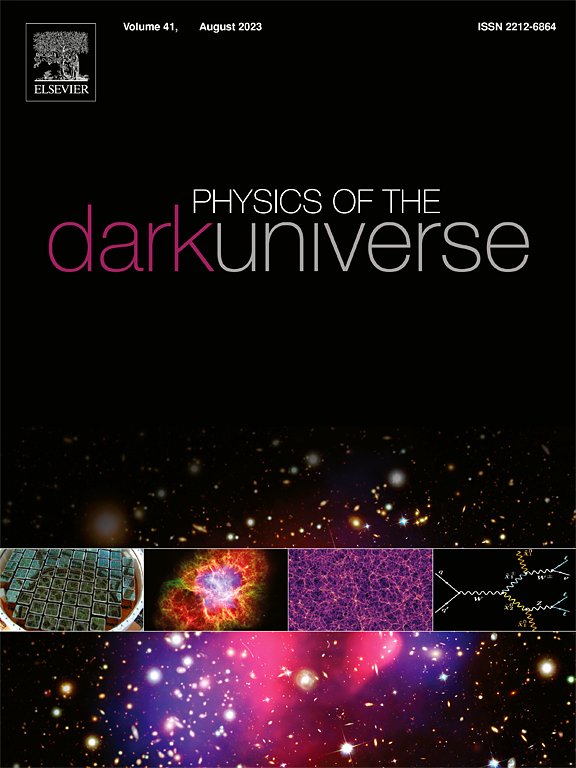Cosmography of f(R,L,T) gravity
IF 5
2区 物理与天体物理
Q1 ASTRONOMY & ASTROPHYSICS
引用次数: 0
Abstract
In order to explain the accelerated phase of the universe expansion, several alternatives to the standard model have been proposed, such as dark energy models and alternative theories of gravity. Although these approaches rest on different physical aspects, it has been shown that both can be in agreement with data in the current status of cosmological observations, which leads to an enormous degeneration. Therefore, until evidence of higher experimental accuracy is available, more conservative model-independent approaches are useful for breaking this degenerated cosmological models picture. Cosmography as a kinematic study of the Universe is the most popular candidate in this regard. In the present work we develop, as a novelty in the literature, cosmography of the recently proposed gravity, for which is a generic function of the Ricci scalar , the matter Lagrangian density and the trace of the energy–momentum tensor . We analyze two different cases for the functional form of the function. We find the cosmographic parameters for each model and observationally constrain them using cosmic chronometers, baryon acoustic oscillations and gamma-ray bursts. Remarkably, our analysis demonstrates that gravity can accommodate the observed cosmic acceleration.
求助全文
约1分钟内获得全文
求助全文
来源期刊

Physics of the Dark Universe
ASTRONOMY & ASTROPHYSICS-
CiteScore
9.60
自引率
7.30%
发文量
118
审稿时长
61 days
期刊介绍:
Physics of the Dark Universe is an innovative online-only journal that offers rapid publication of peer-reviewed, original research articles considered of high scientific impact.
The journal is focused on the understanding of Dark Matter, Dark Energy, Early Universe, gravitational waves and neutrinos, covering all theoretical, experimental and phenomenological aspects.
 求助内容:
求助内容: 应助结果提醒方式:
应助结果提醒方式:


